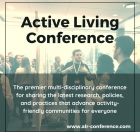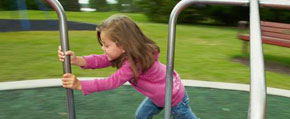We are pleased to announce an exciting new alliance between Active Living Research and GP RED to co-host and coordinate...
Lively Streets: Exploring the Relationship between Built Enviornment and Social Behavior
Why do some streets attract more people than others? This dissertation attempted to answer this question by examining the relationships between the physical design of a street and surrounding area and the liveliness of the street setting. The study built on the argument that creating lively urban streets, with predominantly stationary but sustained activities that are social in nature, may be another step toward influencing and increasing pedestrian behavior and physical activity. This study explored the role of aspects of the environment not commonly discussed in urban design literature, such as movable, semi-fixed and fixed micro-scale physical features, proximities and interrelationships of certain physical features, and the coexistence of compatible publicly accessible land uses, among others. A case study strategy was used for observations, pedestrian counting, tracking, structured questionnaires and interviews to collect data on people’s attitudes and behavior on streets with varying degrees of liveliness and activity level in Boston and Cambridge, MA.
Related Tools & Resources
STAY UP TO DATE
RECENTLY ADDED TOOLS & RESOURCES
MOVE! A BLOG ABOUT ACTIVE LIVING
The "Active Living Conference" aims to break down research and practice silos and...







